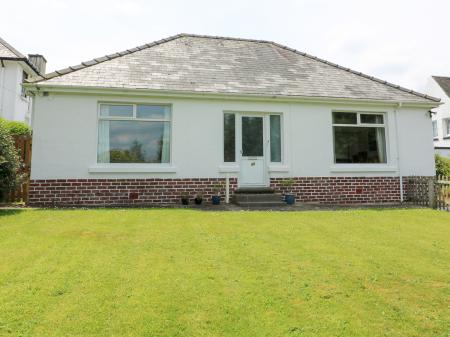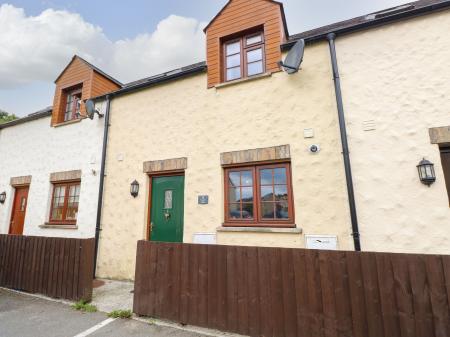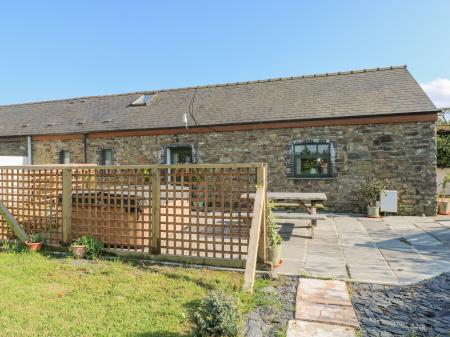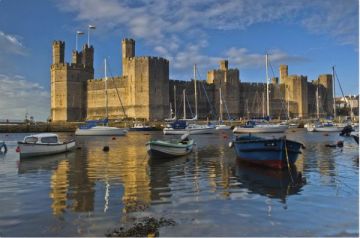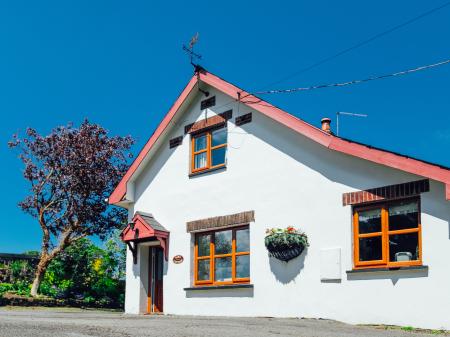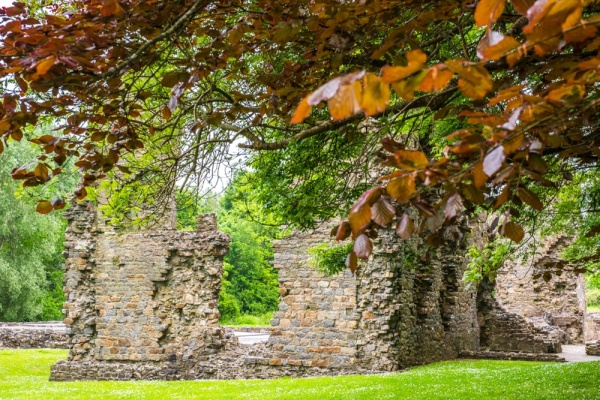
History
The priory was founded around the year 1200 on land granted to the Augustinians by Lord Robert Fitzancard. Lord Robert gave the monks a cramped piece of land in the flood plain of the River Cleddau. It was poor land, and he probably did not expect the monks to transform it into a rich monastic site.
In order to make the awkward riverside site viable the monks had to built a platform of earth some 2.5 metres high, supported with heavy buttresses to prevent slippage. The cramped layout meant that the west end of the church was too close to the hillside slope, so the main entrance was placed on the nor side.
Unlike monastic orders like the Cistercians that sought to retreat from the world, the Augustinan canons took an active role in town life and earned extra money by a trio of town churches donated by Lord Robert. As Haverfordwest grew in importance during the medieval period the riverside rental property owned by the priory became more and more valuable and the priory grew wealthy.

The Pleasure Gardens
One sign of the priory's wealth is the very rare pleasure garden, a landscaped area of raised garden beds designed to delight the senses and create a space for contemplation. Only the very richest lords of the day could afford such a garden, and to find it here in Havefordwest Priory says a lot about the canons' wealth.
The garden consists of 8 raised beds separated by pathways. The garden is doubly unusual in that it lies outside the priory cloister, between the priory and the river.
The pleasure garden was more than just a quiet place; it had spiritual significance. A similar garden is described in the Song of Solomon, where it is said to symbolise a virgin bridge. To the canons of Haverfordwest Priory it symbolised the Virgin Mary, to whom the priory is dedicated.
At the centre of the garden is a garden in miniature; based around a square bed that would have had a focal point like a water feature or a trellis. Around this area are long raised beds. One of the beds was probably a turf bench planted with fragrant plants such as camomile. The canons would sit on the turf bench, surrounded by fragrant scents of plants, and contemplate the Virgin Mary's divine garden space.
This is the only surviving medieval monastic garden in all of Britain. The garden has been replanted with plants known to have been used in the medieval period.
In 1536 Henry VIII dissolved the priory and seized its assets. The ruins are not extensive, but the riverside location is wonderful, even though the busy A4076 runs directly beside the river on the far bank.
Aside from the pleasure garden other things that caught our eye include water channels running along the edge of the cloister. The area where the high altar stood is marked by a raised stone plinth, and the location of burials within the priory church are marked by stone crosses set into the floor. There are several very nicely carved doorways and Gothic windows, and in some places the walls still stand 30 feet high.
Some of the finds from the site are now on display in the Haverfordwest Museum
The site is in the care of Cadw and is open at any reasonable hour. It isn't very well signposted from surrounding roads; at least we didn't see any helpful signs while searching for the site. The easiest place to park is the free parking area on the east side of Quay Street, next to the river. From there it is an easy 2 minute walk south along Quay Street to the priory entrance.








 We've 'tagged' this attraction information to help you find related historic attractions and learn more about major time periods mentioned.
We've 'tagged' this attraction information to help you find related historic attractions and learn more about major time periods mentioned.